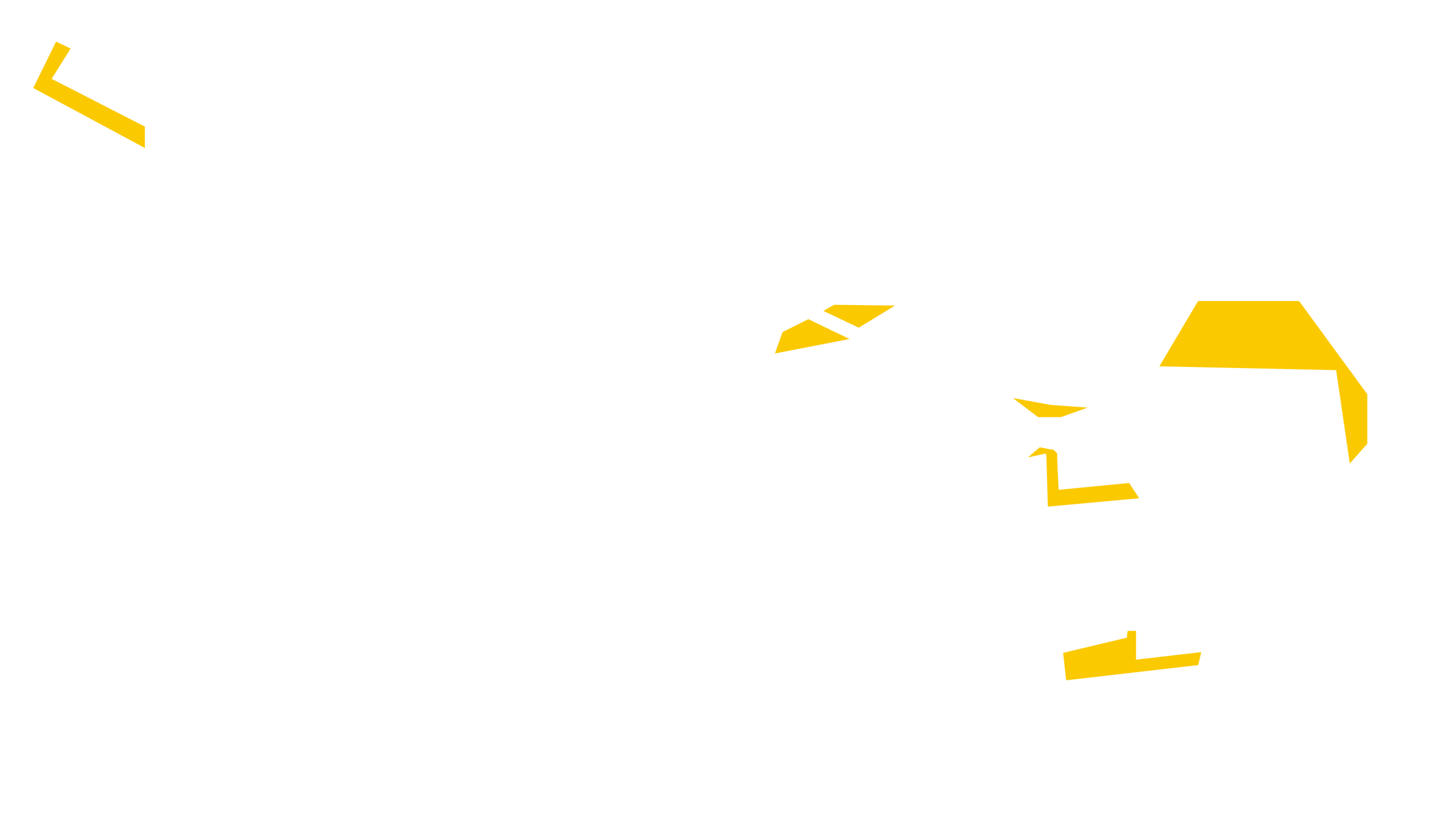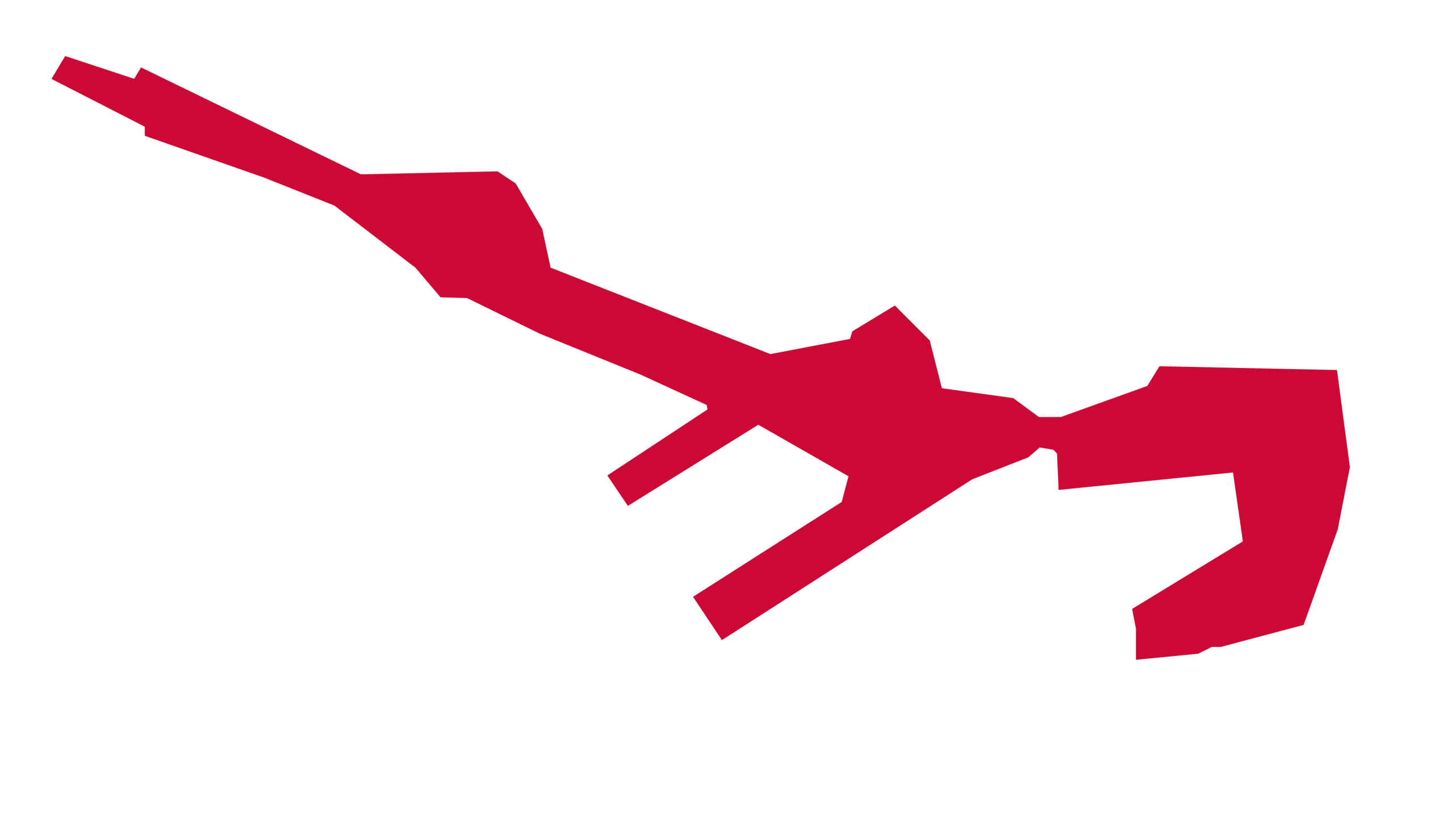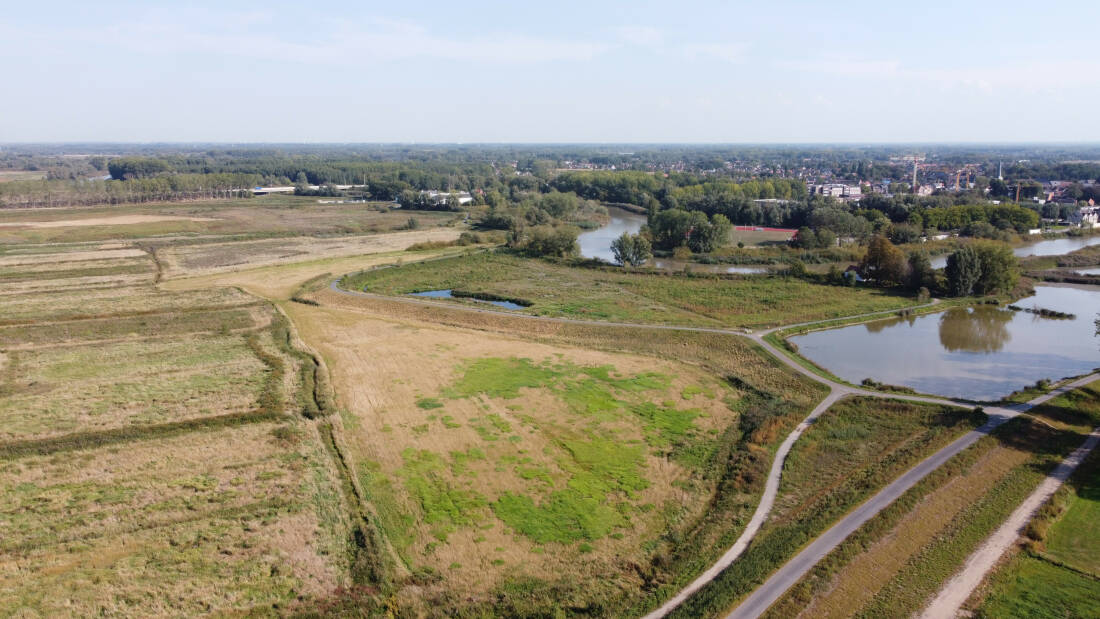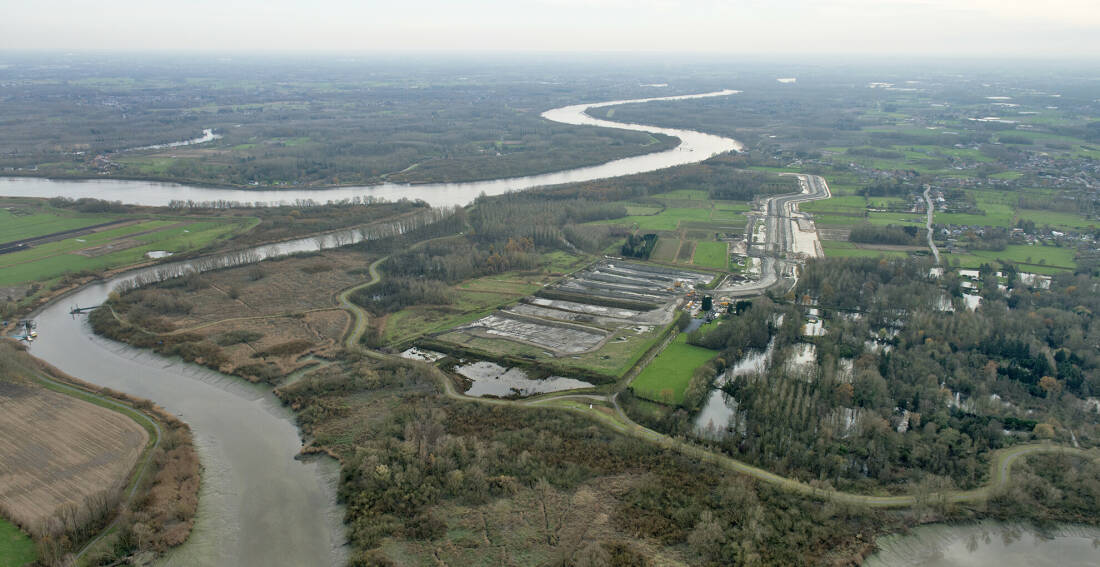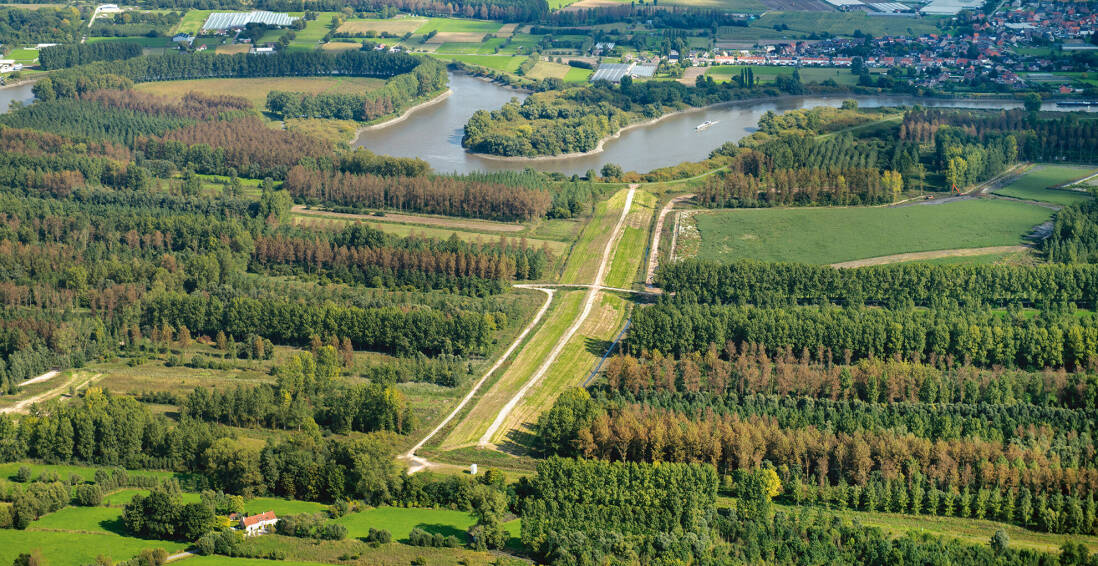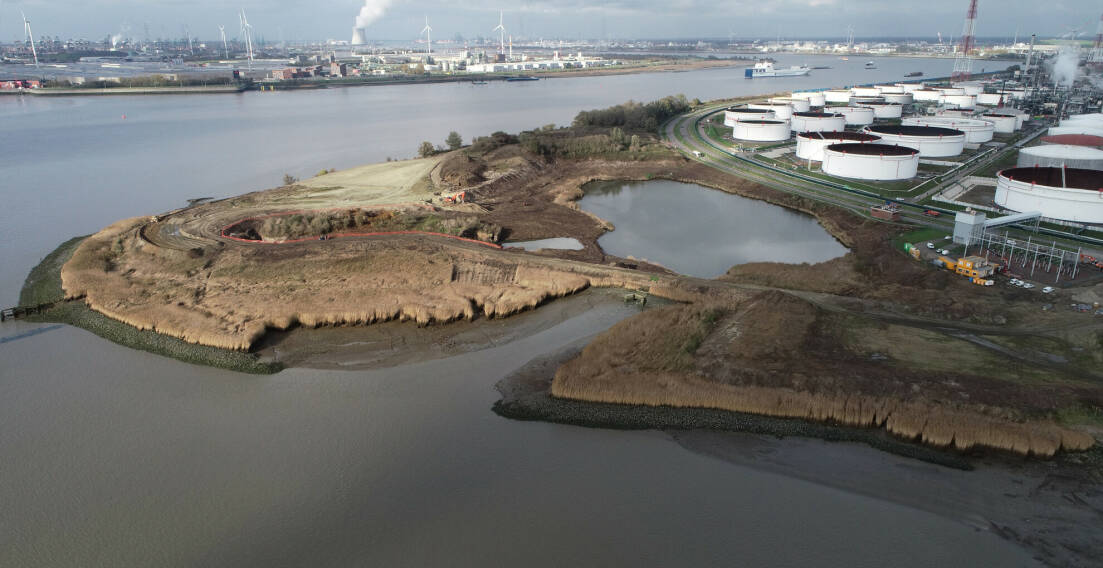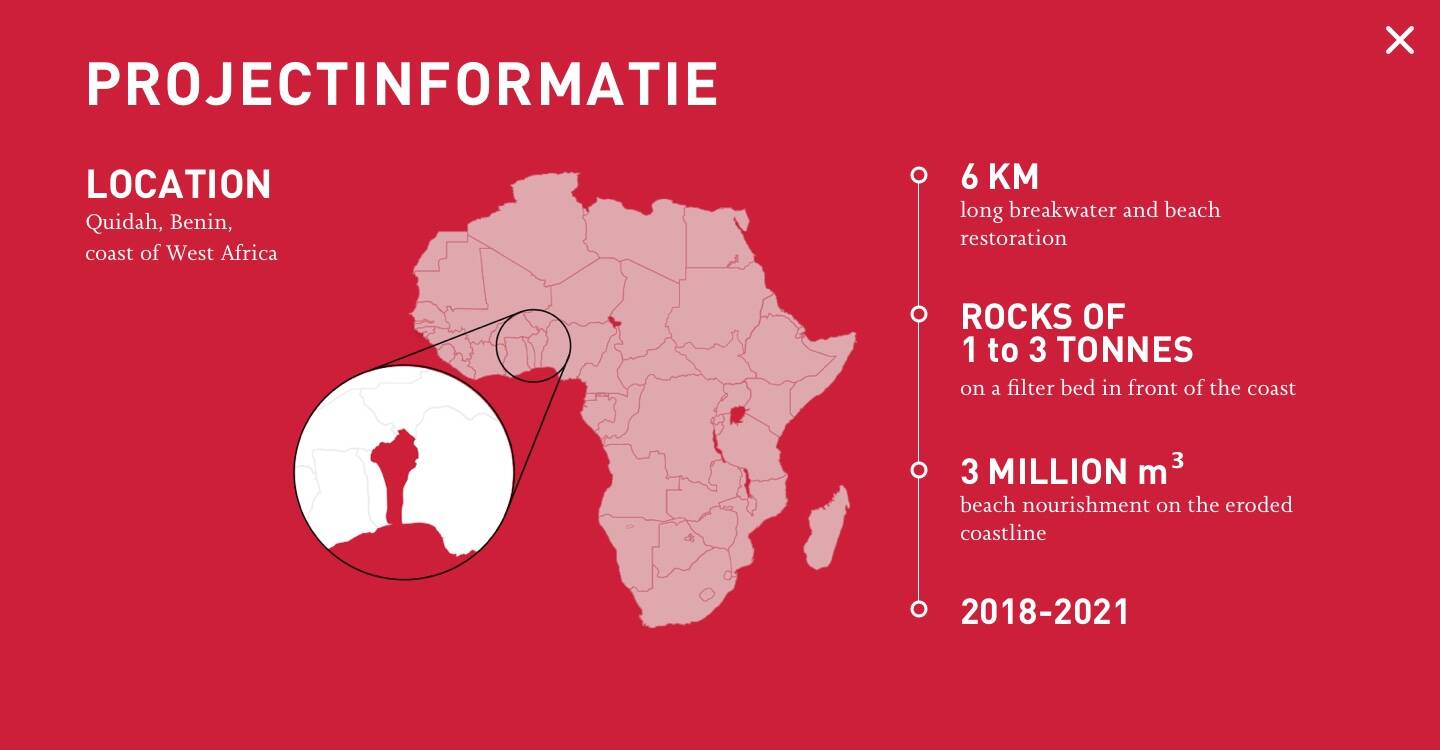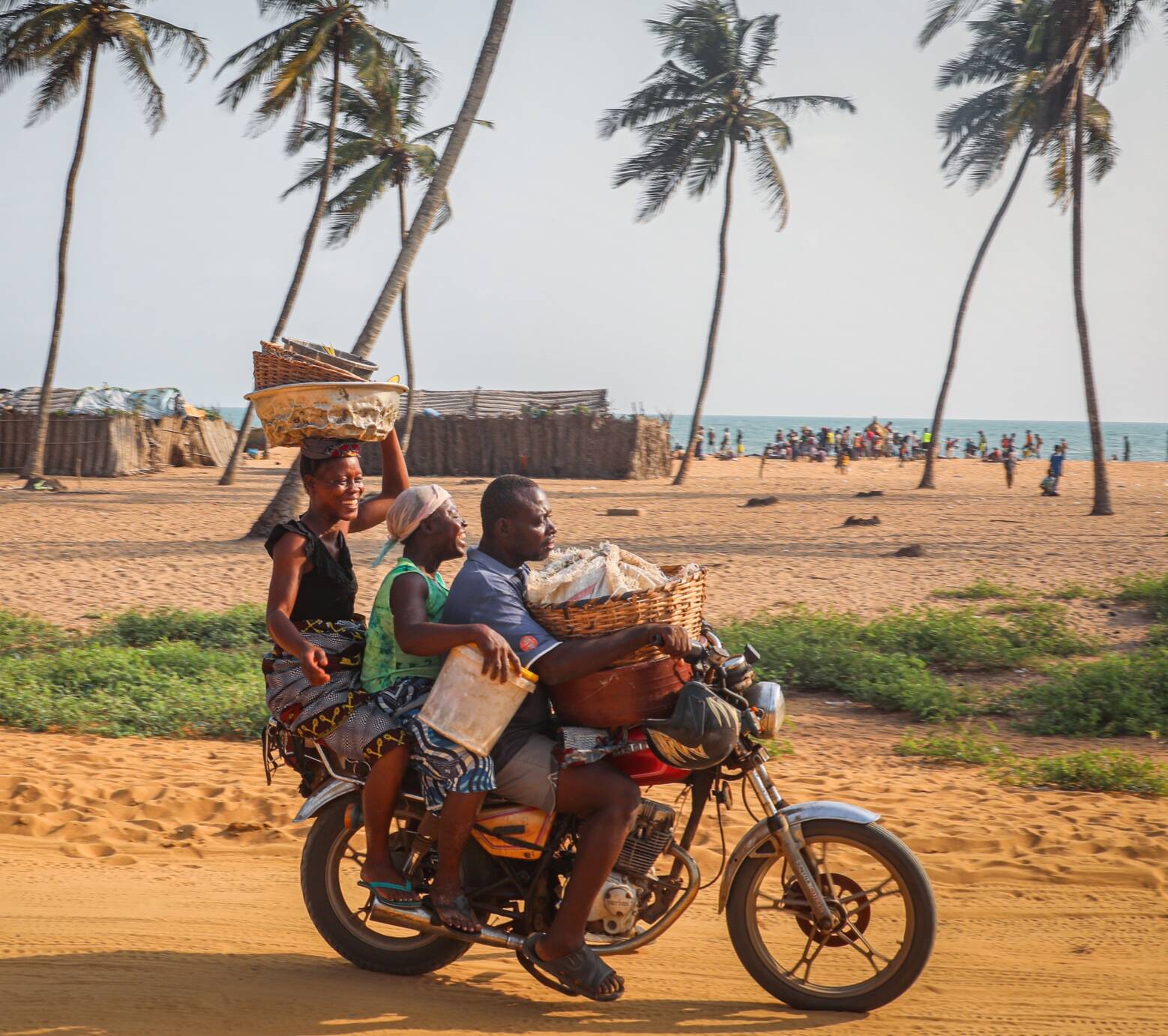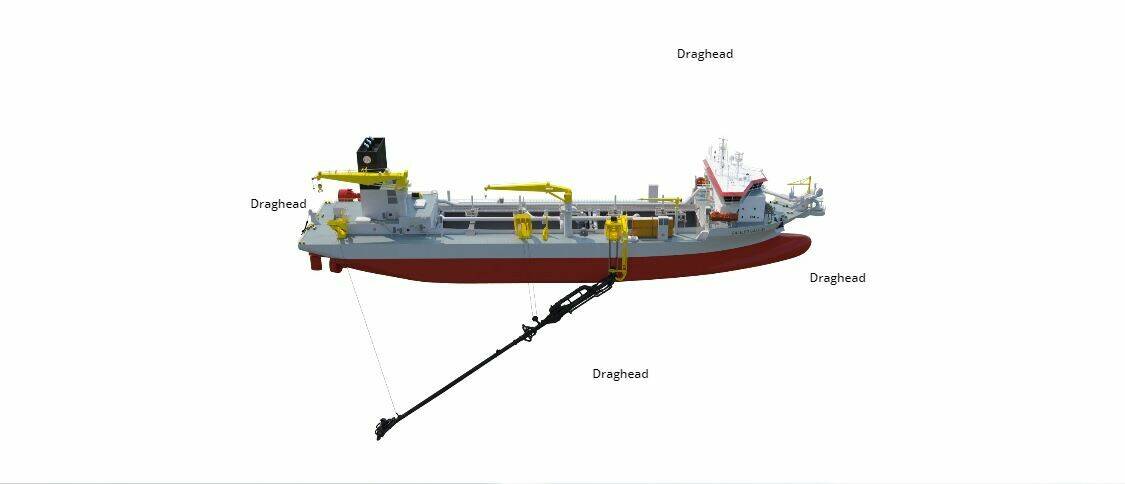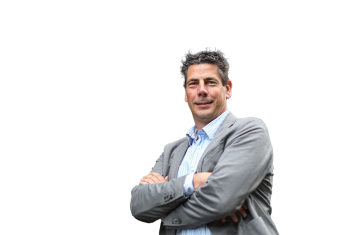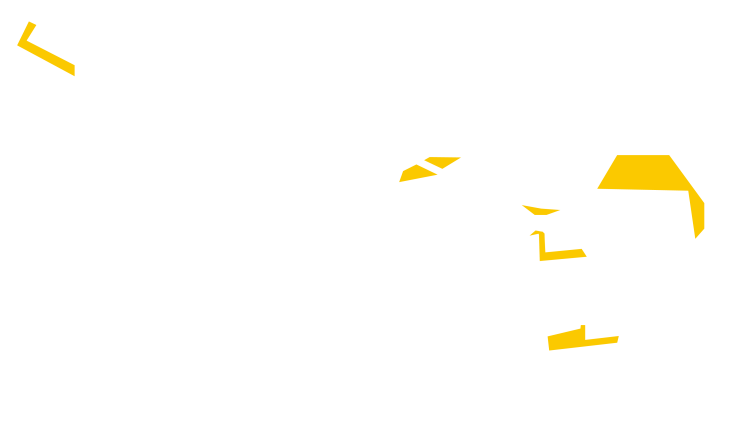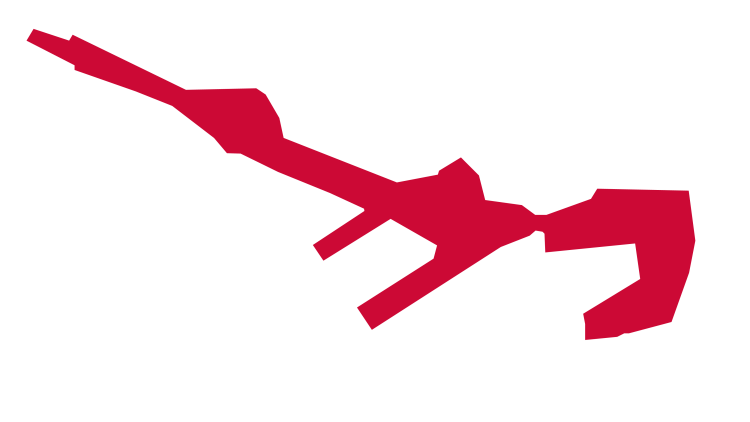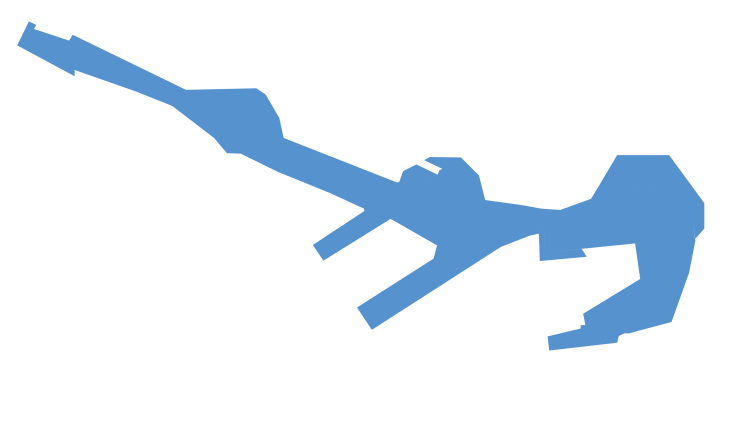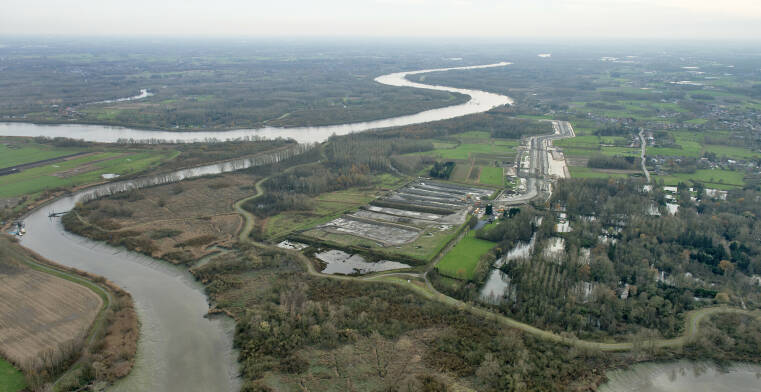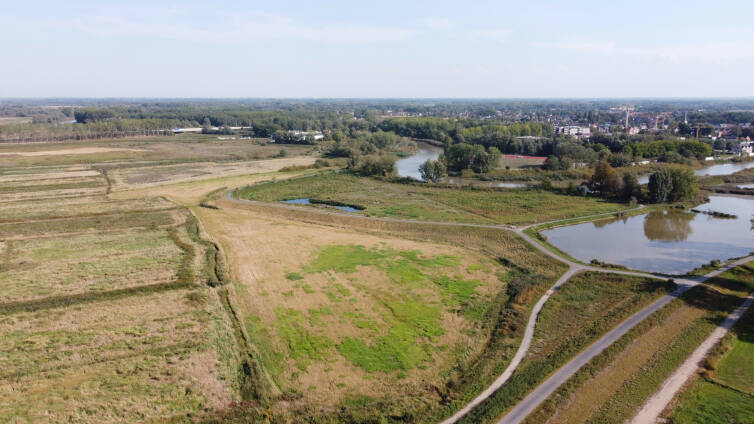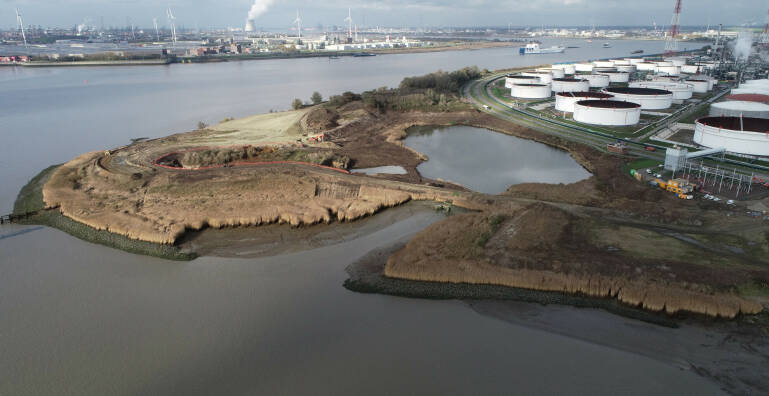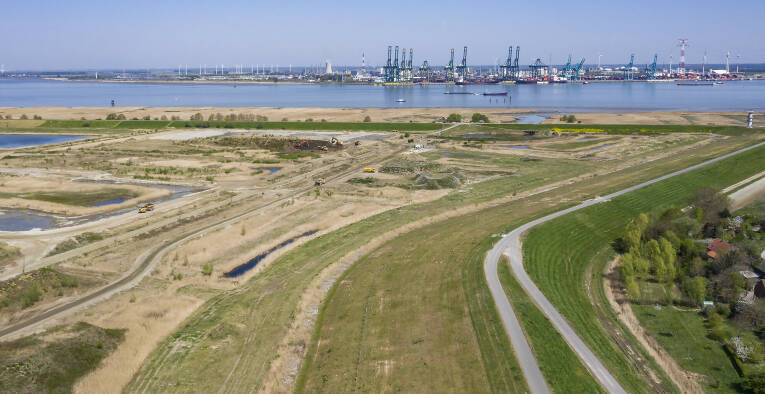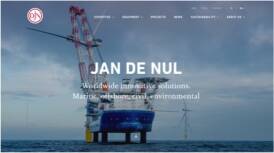

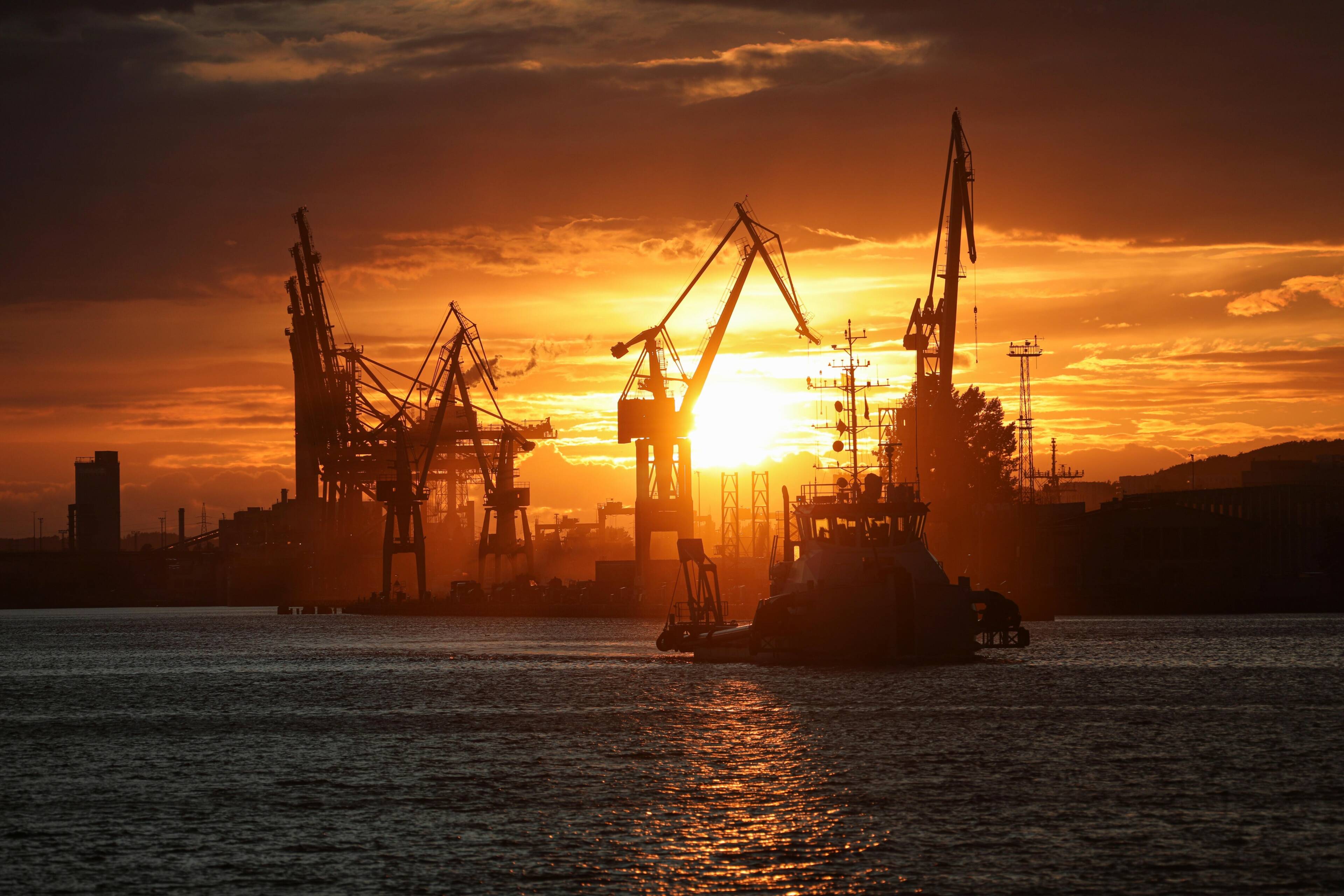
Jan De Nul vessels of various sizes and capabilities all played a part in the dredging works of the port. Each vessel brought its own unique set of characteristics to the project:
Alex Stevens
Project Manager
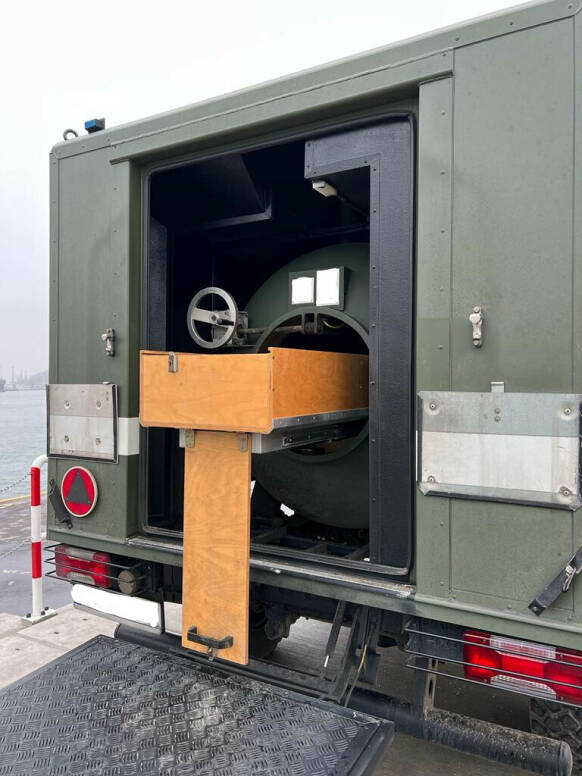
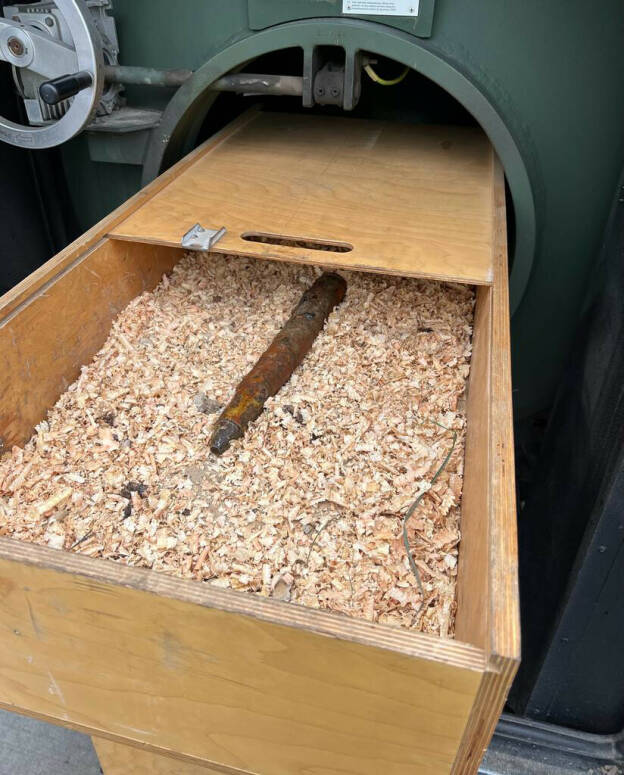
‘Risky business’ dismantled
Before we could start the dredging and bottom reinforcement works, we first had to complete a UXO investigation campaign. The port of Gdynia was heavily impacted during World War II, resulting in a serious risk of unexploded ordnances in the seabed. Together with the company ESC, we conducted survey and scanning activities during which we detected several explosives. Only after their dismantling could we start the dredging and bottom reinforcement operations in complete safety.
Thoroughly protecting the seabed
Besides dredging and backfilling, we also performed reinforcement works in certain areas of the port to protect the seabed against erosion and water scour. For this, we worked closely together with our subcontractor Strabag. The dredging works run in parallel to the installation of the bottom reinforcement. This and the fact we are operating in an active port make meticulous planning and daily communication with all parties key. All works are scheduled to be completed by the end of 2023.

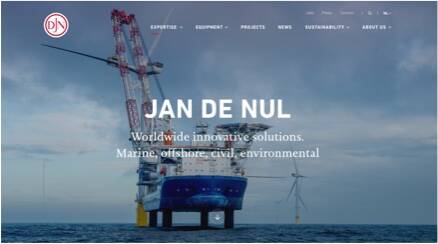
More details about this project?
The port of Gdynia was Cosette’s maiden project. Cosette Goethals, daughter of our CEO Julie De Nul, christened the water injection dredger at its launch in October 2022, and thus lent her name to this brand-new vessel.

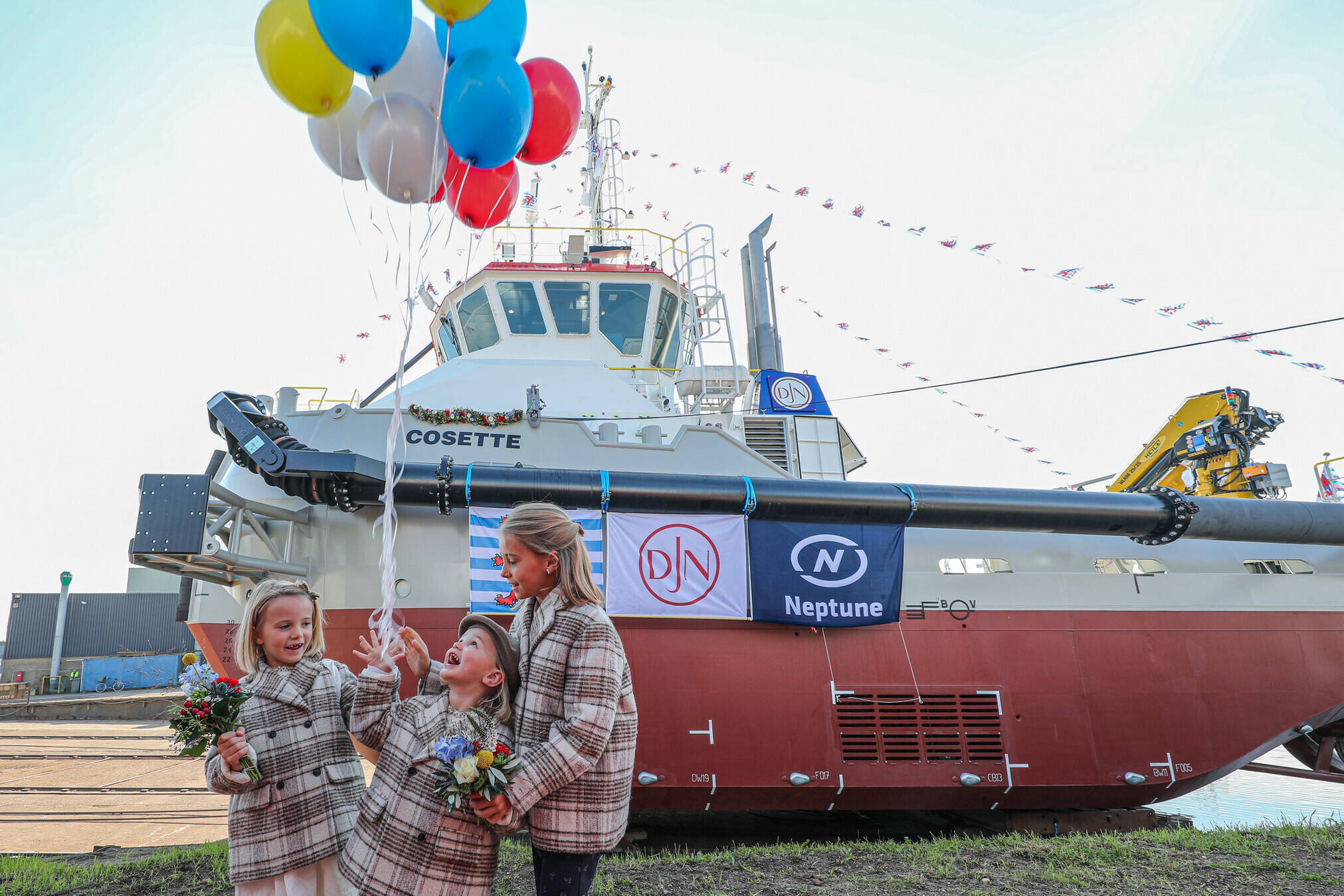
We mainly use this dredger type to dredge sand areas and soft soils. On the Gdynia project, we faced a lot of clay soils. Charles Darwin and Pedro Álvares Cabral were the ideal fit to meet that challenge successfully.
Álvares
Cabral
This vessel has an open hold to load and transport dredged soil. In Gdynia, Magellano collected the dredged material and discharged it in a dedicated dump area.
This vessel dredges by injecting water into the subsoil under low pressure to displace the bottom material. Thanks to her compact size, this vessel type is very manoeuvrable and ideal to reach the most difficult nooks and crannies in ports. Cosette proved that perfectly in Gdynia, where she especially dredged areas close to the quay walls and in difficult corners.
This dredger is a pontoon equipped with a hydraulic excavator that excavates the soil and discharges it into a split hopper barge. In Gdynia, the Vitruvius dredged zones where the seabed consisted of harder clay, boulders, and quay wall areas that were more difficult to reach. Together with Magellano, she also performed part of the backfilling works.
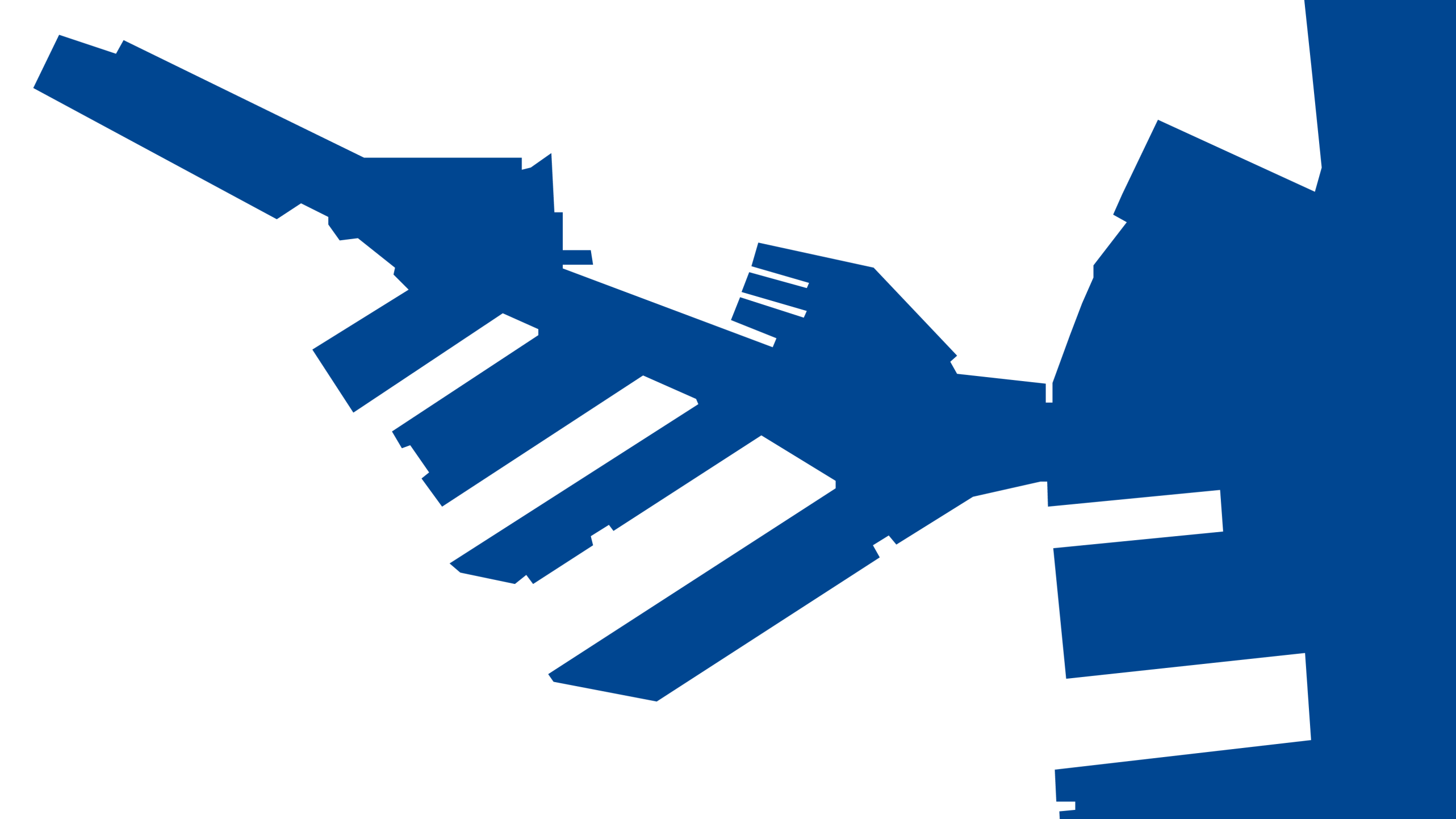

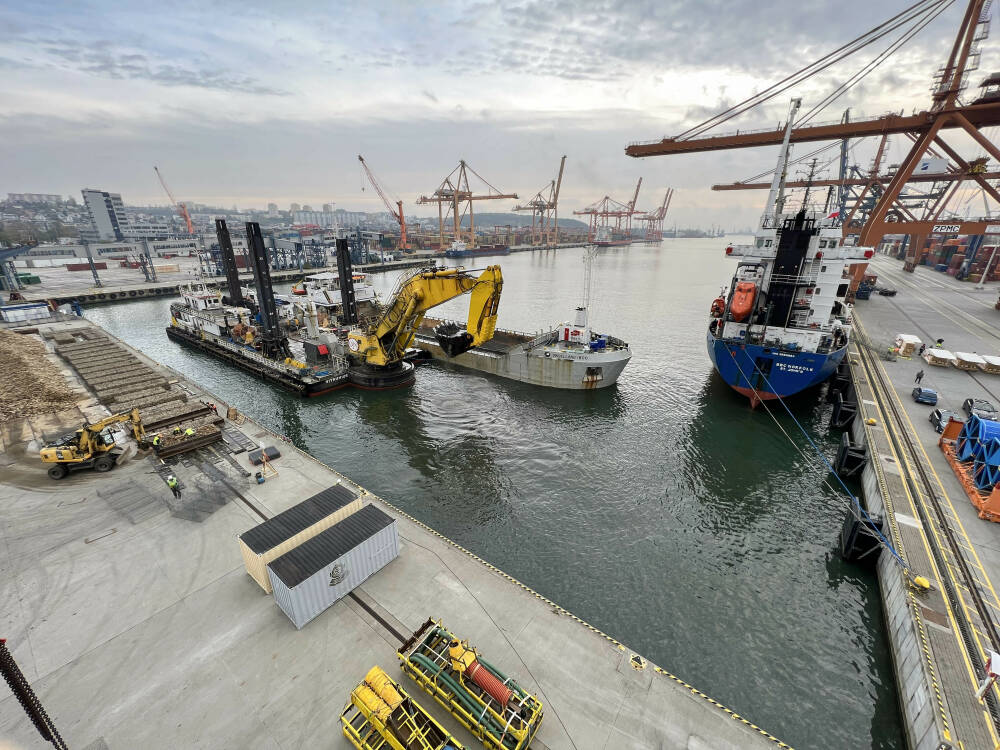
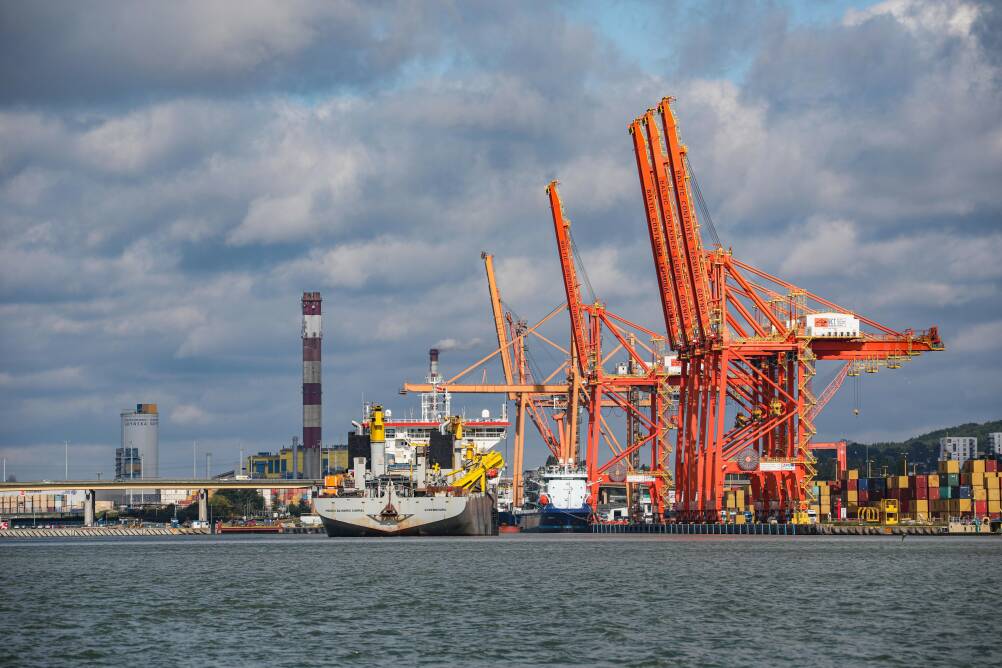
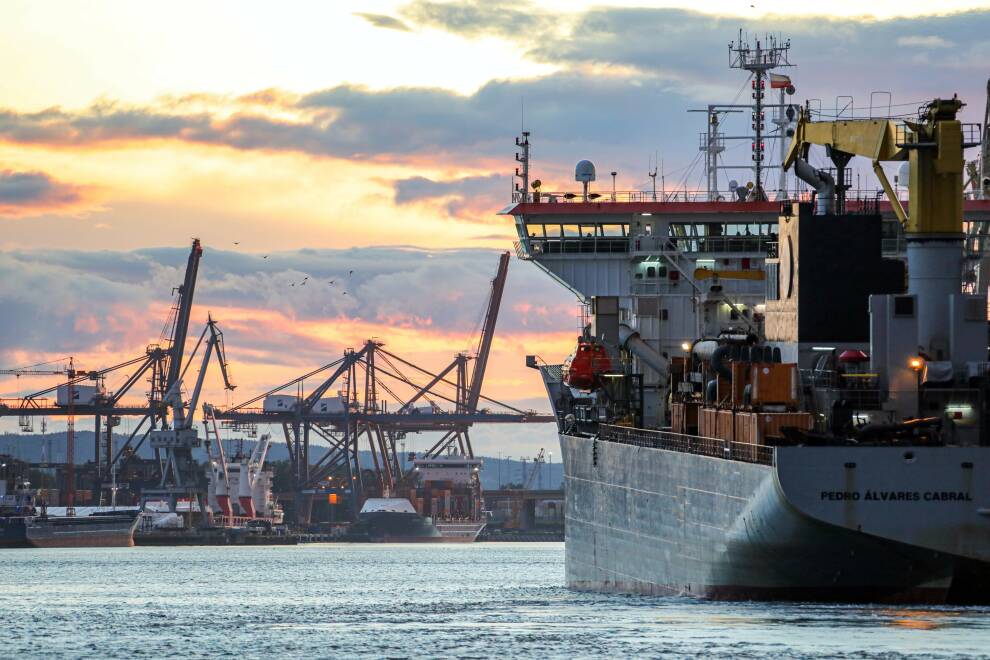

Gdynia



Looking for a partner to realise your dredging projects?
Area Manager
Stefan Bruggeman
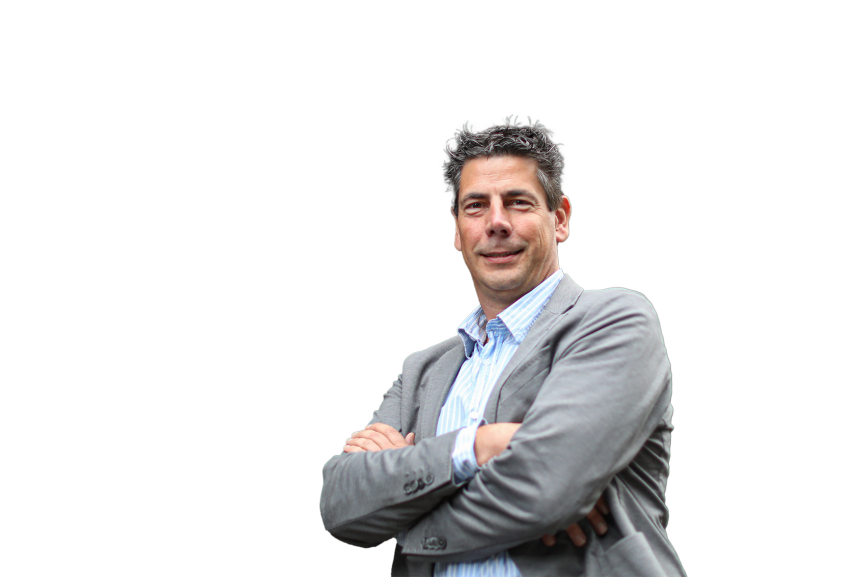
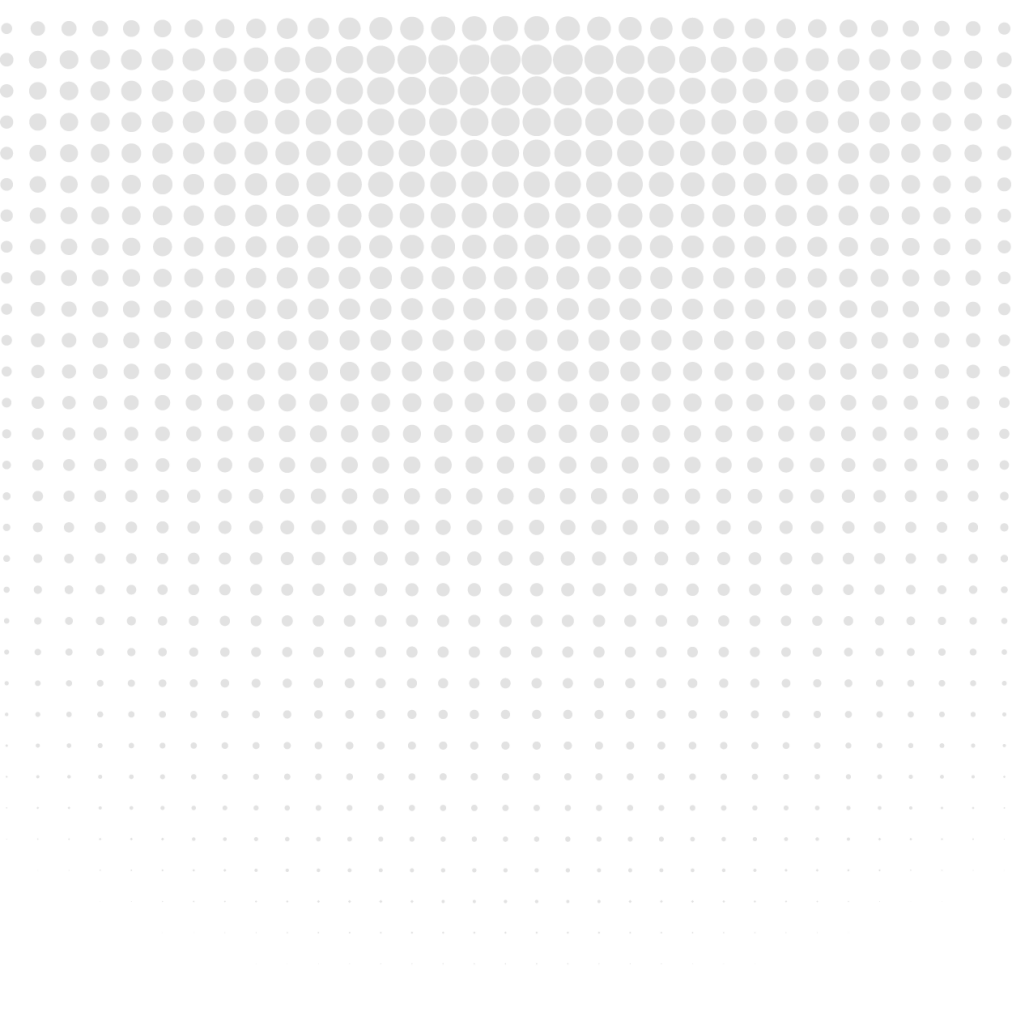
Gdynia's port authority ZMPG is committed to keep the port’s competitive edge, both in comparison to nearby ports such as Gdansk, and on a global scale. Since 2022, we are deepening certain port areas from -13.5 to -16 metres to facilitate large container ships and bulk carriers. In other zones, we perform backfilling works to elevate the seabed and stabilise quay walls. All this to the same end: to ensure job security in and around the port, create additional work opportunities, attract investment and guarantee further development of the city. Gdynia can rest assured: its place in the world economy is secured.
Successful as the port has been, its future hangs in the balance. Ships have become larger and larger, and the port is no longer equipped to welcome the jumbo vessels that currently sail the Baltic Sea. Time to take action!
In northern Poland along the Baltic Sea lies Gdynia. Historically a small fishing village, but this changed in the 1920s. Eager to take the region to a higher economic and political level, the Polish government decided to put Gdynia’s strategic location to good use. A brand-new port was constructed, along with docks, piers, a railway and other industrial installations. Over the decades, Gdynia’s port grew into an international seaport, and the city around it into one of Poland’s largest port cities.
586,000 m3 of limestone removed
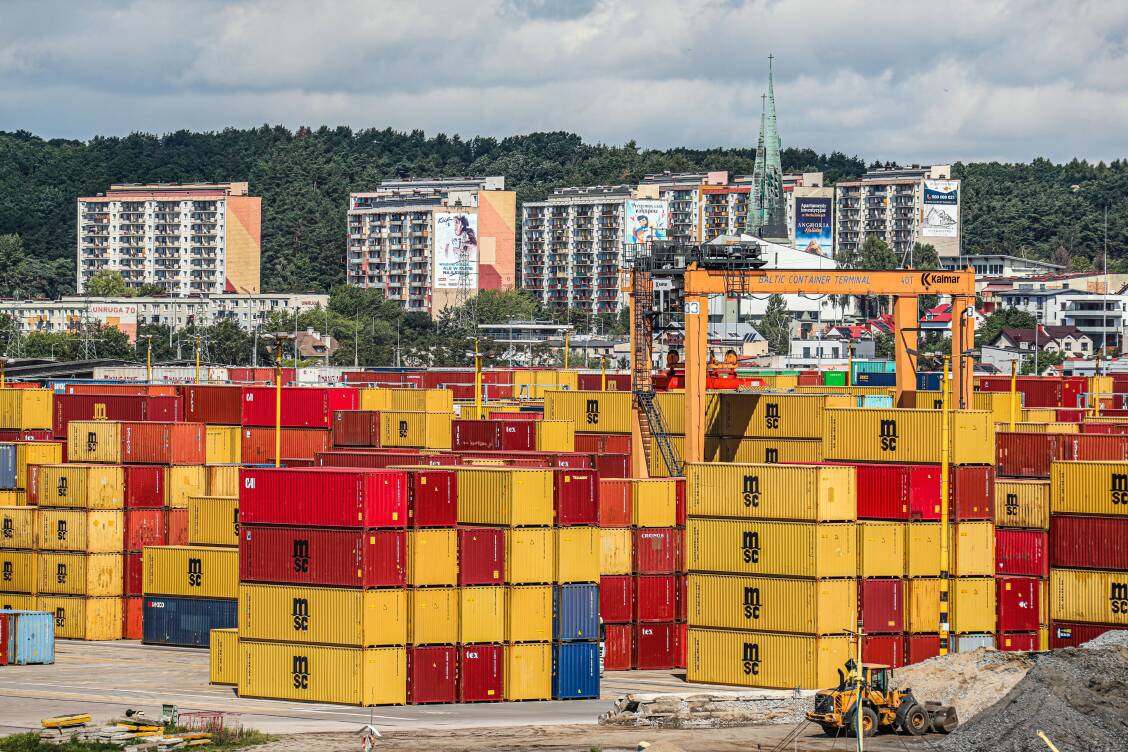
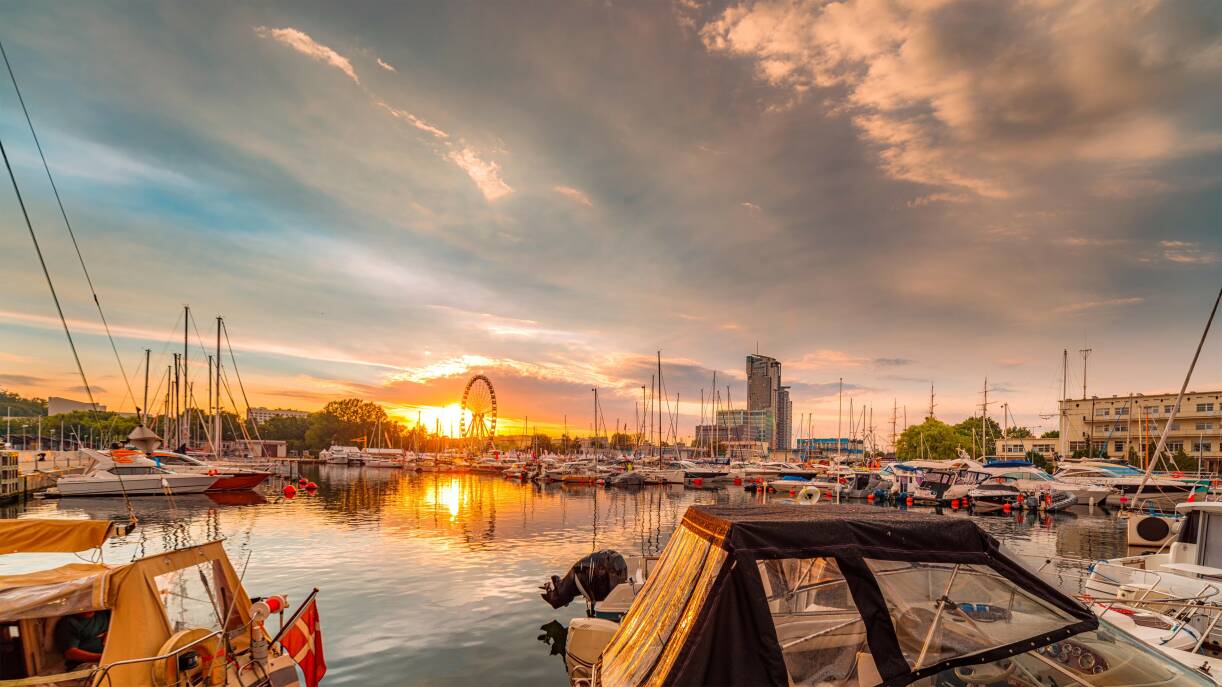
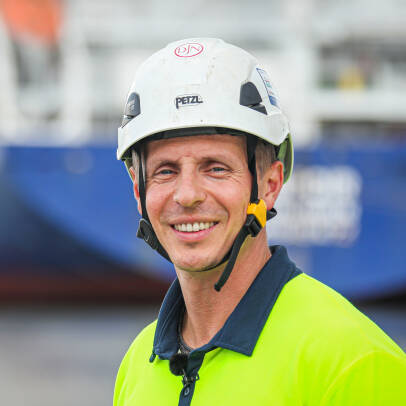
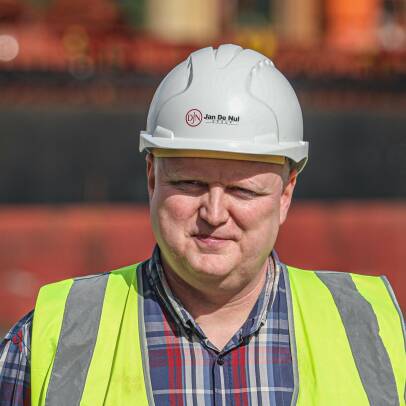

Michal Gawronski
Works Manager





More details about this project?
‘Risky business’ dismantled
Before we could start the dredging and bottom reinforcement works, we first had to complete a UXO investigation campaign. The port of Gdynia was heavily impacted during World War II, resulting in a serious risk of unexploded ordnances in the seabed. Together with the company ESC, we conducted survey and scanning activities during which we detected several explosives. Only after their dismantling could we start the dredging and bottom reinforcement operations in complete safety.
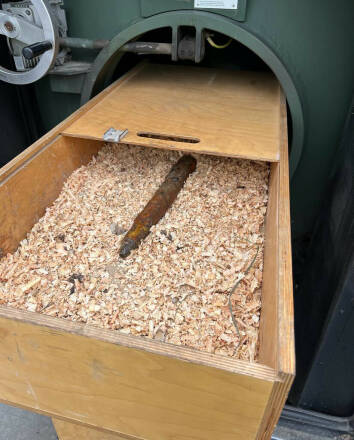
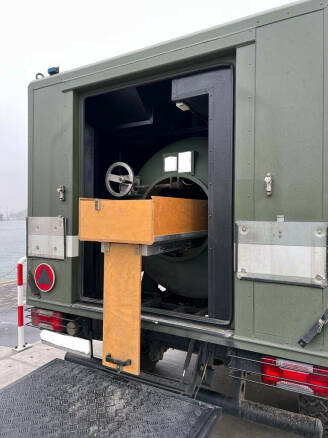
Thoroughly protecting the seabed
Besides dredging and backfilling, we also performed reinforcement works in certain areas of the port to protect the seabed against erosion and water scour. For this, we worked closely together with our subcontractor Strabag. The dredging works run in parallel to the installation of the bottom reinforcement. This and the fact we are operating in an active port make meticulous planning and daily communication with all parties key. All works are scheduled to be completed by the end of 2023.
The port of Gdynia was Cosette’s maiden project. Cosette Goethals, daughter of our CEO Julie De Nul, christened the water injection dredger at its launch in October 2022, and thus lent her name to this brand-new vessel.
This vessel dredges by injecting water into the subsoil under low pressure to displace the bottom material. Thanks to her compact size, this vessel type is very manoeuvrable and ideal to reach the most difficult nooks and crannies in ports. Cosette proved that perfectly in Gdynia, where she especially dredged areas close to the quay walls and in difficult corners.
Álvares
Cabral
We mainly use this dredger type to dredge sand areas and soft soils. On the Gdynia project, we faced a lot of clay soils. Charles Darwin and Pedro Álvares Cabral were the ideal fit to meet that challenge successfully.
This vessel has an open hold to load and transport dredged soil. In Gdynia, Magellano collected the dredged material and discharged it in a dedicated dump area.
This dredger is a pontoon equipped with a hydraulic excavator that excavates the soil and discharges it into a split hopper barge. In Gdynia, the Vitruvius dredged zones where the seabed consisted of harder clay, boulders, and quay wall areas that were more difficult to reach. Together with Magellano, she also performed part of the backfilling works.


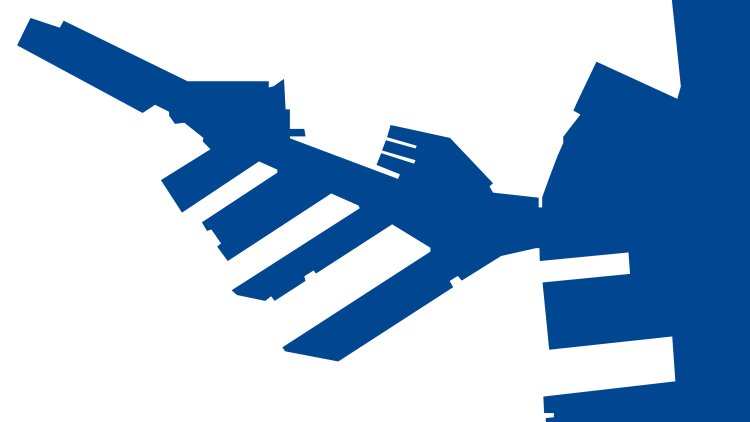


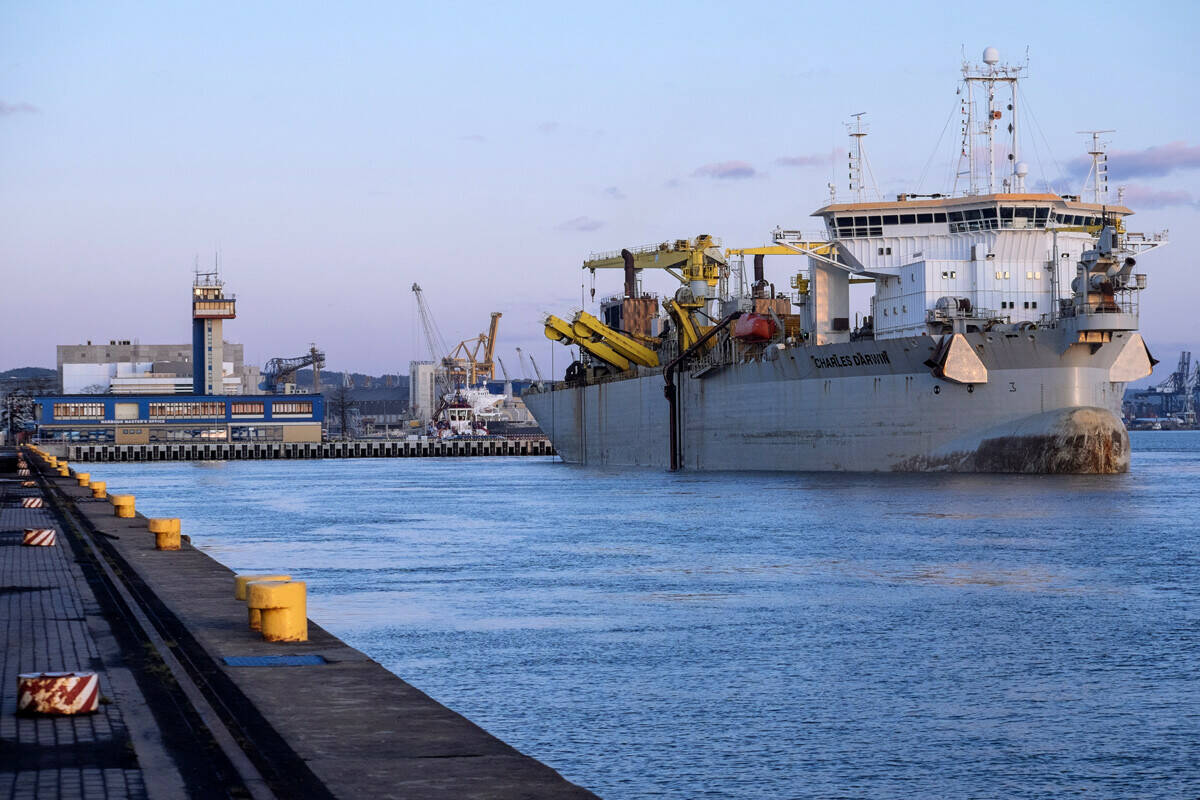
Michal Gawronski
Works Manager
Alex Stevens
Project Manager
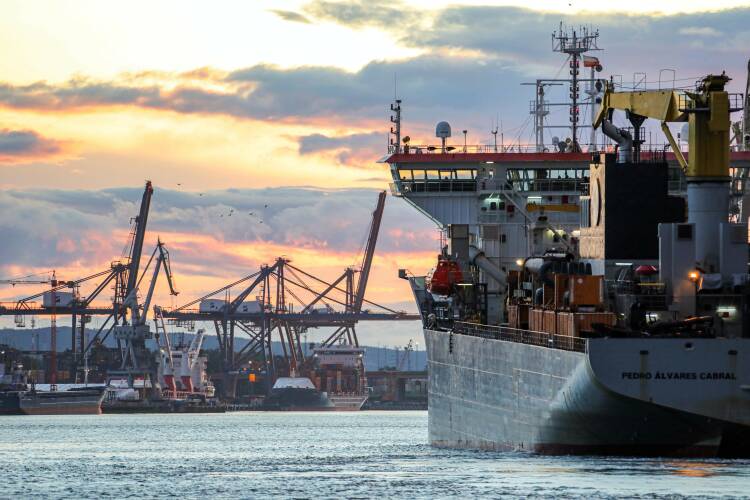
Looking for a partner to realise your dredging projects?
Area Manager
Stefan Bruggeman


Jan De Nul vessels of various sizes and capabilities all played a part in the dredging works of the port. Each vessel brought its own unique set of characteristics to the project:
Gdynia
Gdynia's port authority ZMPG is committed to keep the port’s competitive edge, both in comparison to nearby ports such as Gdansk, and on a global scale. Since 2022, we are deepening certain port areas from -13.5 to -16 metres to facilitate large container ships and bulk carriers. In other zones, we perform backfilling works to elevate the seabed and stabilise quay walls. All this to the same end: to ensure job security in and around the port, create additional work opportunities, attract investment and guarantee further development of the city. Gdynia can rest assured: its place in the world economy is secured.


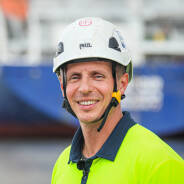
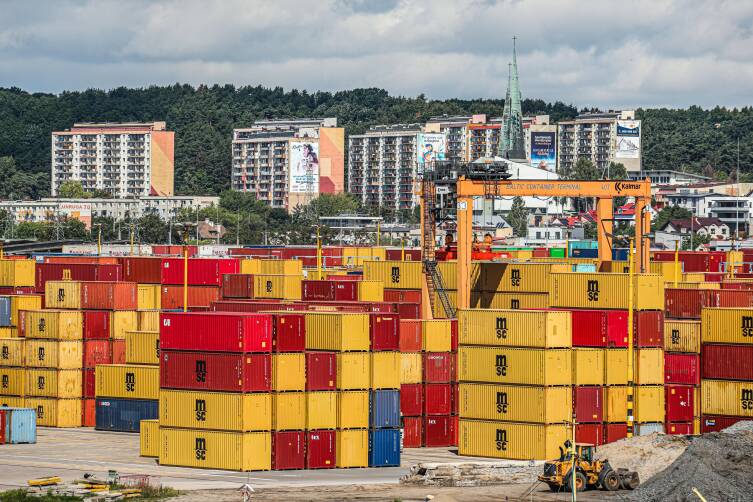
Successful as the port has been, its future hangs in the balance. Ships have become larger and larger, and the port is no longer equipped to welcome the jumbo vessels that currently sail the Baltic Sea. Time to take action!

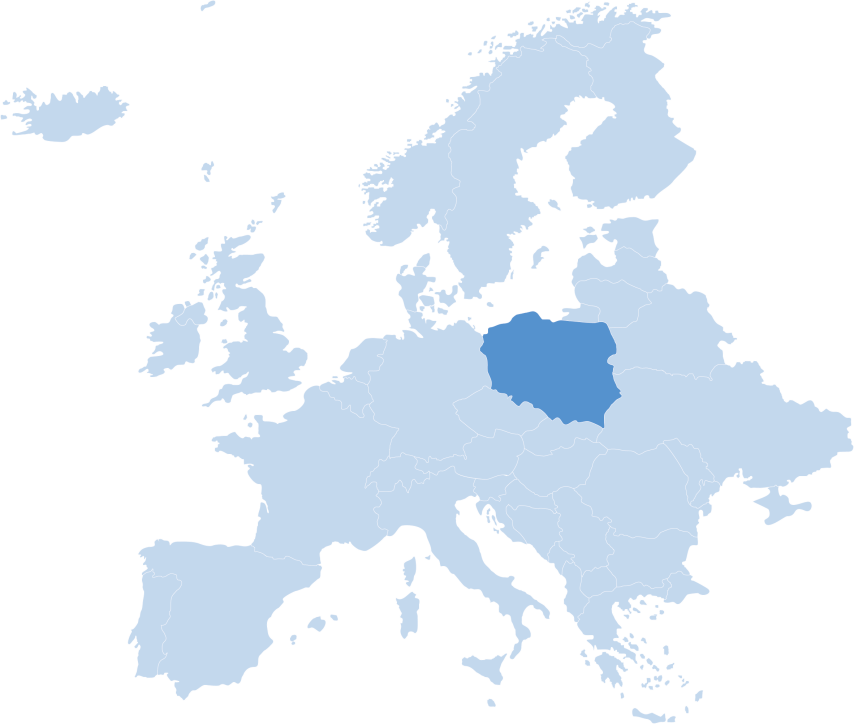
In northern Poland along the Baltic Sea lies Gdynia. Historically a small fishing village, but this changed in the 1920s. Eager to take the region to a higher economic and political level, the Polish government decided to put Gdynia’s strategic location to good use. A brand-new port was constructed, along with docks, piers, a railway and other industrial installations. Over the decades, Gdynia’s port grew into an international seaport, and the city around it into one of Poland’s largest port cities.


